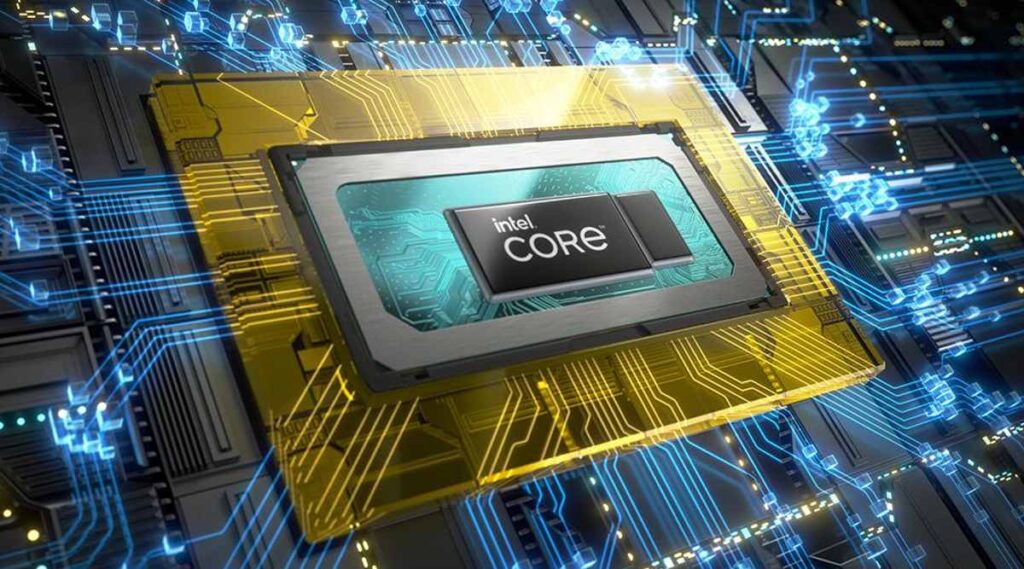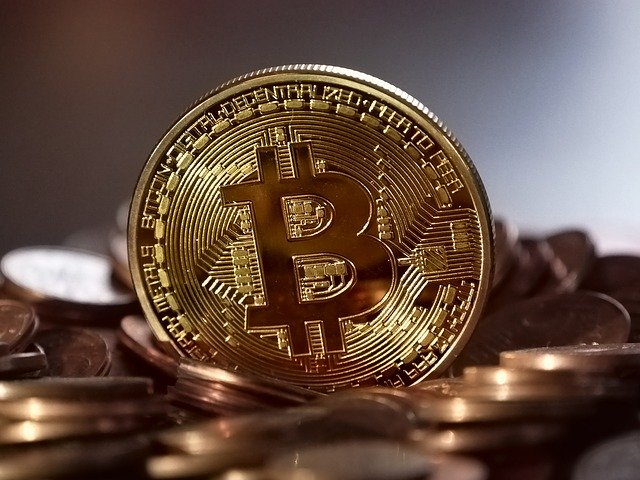Jack Dorsey Announces ‘Web 5’, A New Platform Built On Bitcoin-Based Technology.
Bitcoin supporter Jack Dorsey has announced the launch of Web 5, a new online platform that is a combination of the centralized Web 2 and the decentralized Web 3. Square’s TBD subsidiary is developing a suite of BTC-based technologies to help modernize the financial system. The new platform, which is built on Blockchain, is described as a hybrid of Web3 and Web2.0. According to the report, the platform ensures that the security of individual data is a top concern and that no breaches occur. The Block Head or TBD – the Bitcoin-focused subsidiary of Dorsey’s Block (previously SQ) – presented its new concept for a decentralized internet layer on Friday at CoinDesk’s Consensus Festival in Austin, Texas. Let’s take a look at the Web5 platform announced by Jack Dorsey.
What is Web 5?
To put it in a way, the Internet of Things (IoT) means that everything in your life, and I mean everything, may talk to each other about you, in front of your face, behind your back, and without regard for your feelings. It was amusing to wake up to a robot in the guise of a kitty cat, but Web 5.0 would go even further. The Intelligent Web foreshadows what is to come with the emergence of smart devices that estimate your wants based on your patterns without including many clues. Symbiotic web algorithms will be able to analyze data on a more complicated emotional and cognitive level. This is the Web, which coexists with daily life in perfect harmony, operating without thought and spontaneously engaging with our actions. Computers can be turned into robotic assistants via digital realities. IoT can connect all household equipment to the internet, and it predicts that extremely intelligent interactions between machines and humans could be possible via chip implantation in human brains.

While the monetary layer of Web 5 will be based on Bitcoin, the other technologies that support it are drawn from a variety of cryptography and computer science fields.
“Identity and personal data have become the property of third parties. Web 5 brings decentralized identity and data storage to individuals’ applications. It lets developers focus on creating delightful user experiences while returning ownership of data and identity to individuals.” TBD said in a statement published with CoinDesk
source: economictimes.indiatimes.com
Group of Bitcoin Entrepreneurs the Block Head who reports to Jack Dorsey is in charge of Web5 development. To refresh your memory, Web5 is a platform that empowers people to manage their data and identities.
Although TBD’s new project was unveiled on Friday, it is currently under open-source development and has no set release date. Users will be able to engage with one another without the assistance of intermediaries on Web 5, just as they did on Web 3. In theory, this means that there will be no government censorship or centralized service outages, among other claimed benefits. Web 5 will also strive to provide users with a “decentralized identity,” allowing them to fluidly go from app to app without having to log in each time.
Web5 wants people to have the ability to “own their data,” according to TBH. Consider Riya’s digital wallet, which protects her identity, data, and authorizations for external apps and connections. Riya logs onto a new decentralized social media platform with her wallet. Riya, on the other hand, does not need to establish a profile because she has connected to the app with her decentralized identity, and all of the connections, relationships, and postings she makes through the app are saved in her decentralized web node. Riya can switch apps whenever she wishes using Web5, and her social profile follows her.
Another example is Arjun, a music fan who despises having his data tied to a single vendor. It forces him to re-create his playlists and tunes across many music apps on a regular basis. Fortunately, there is a way out of this maze of vendor-locked silos: Arjun can store this information in his decentralized web node. Arjun may give any music app access to his settings and preferences in this way, allowing him to take his tailored music experience with him everywhere he goes. As a result, Web5 will provide people w control over their data. Meanwhile, Mike Brock, TBD’s Product Lead, stated that “with web5, there are no tokens to invest in.”

I am a second-year student pursuing Liberal Arts from Nmims. I am a painter, I love reading and have a great interest in cooking. I am also a trained kickboxer. I’ve always had a passion for writing and hence in my free time, I work as a freelance writer.









